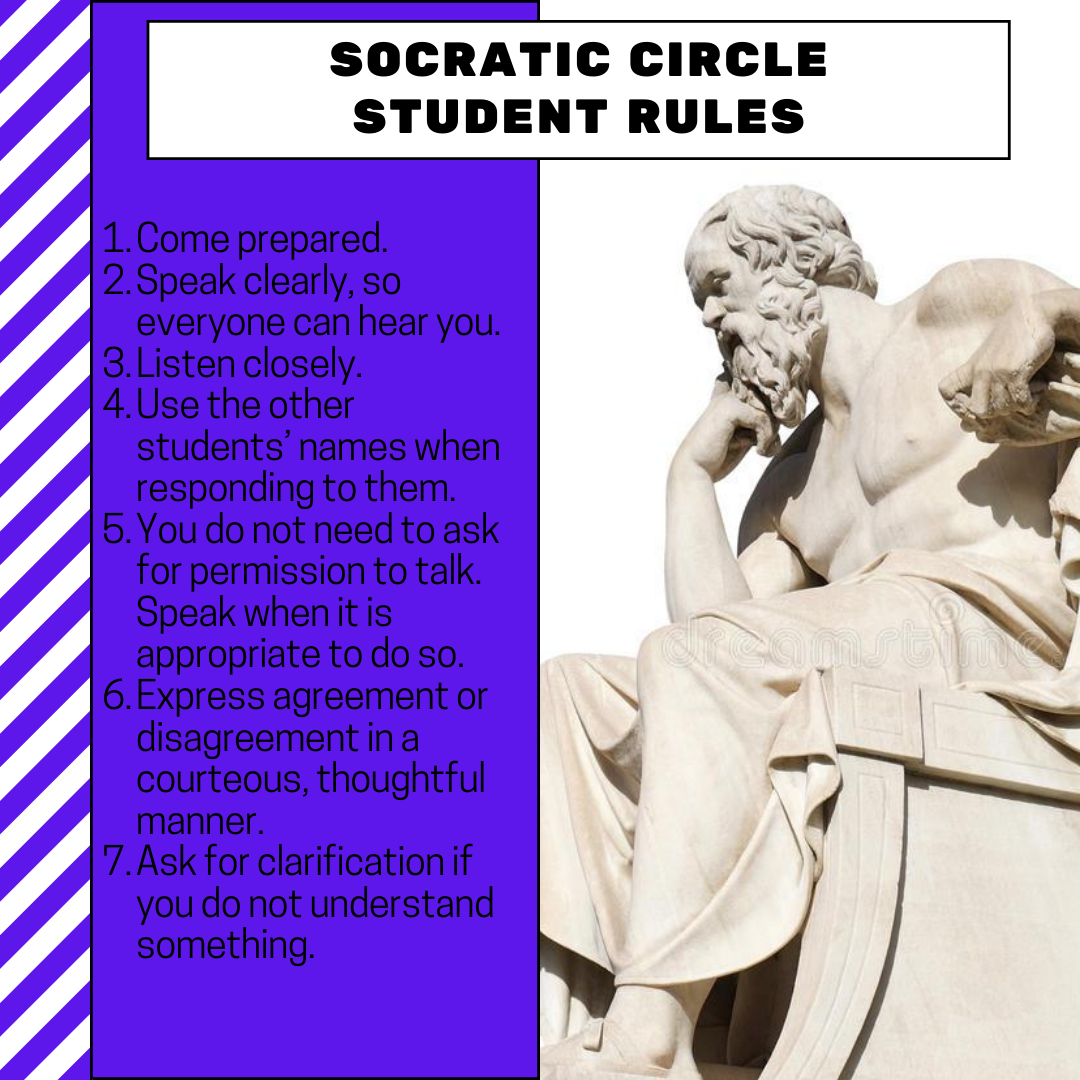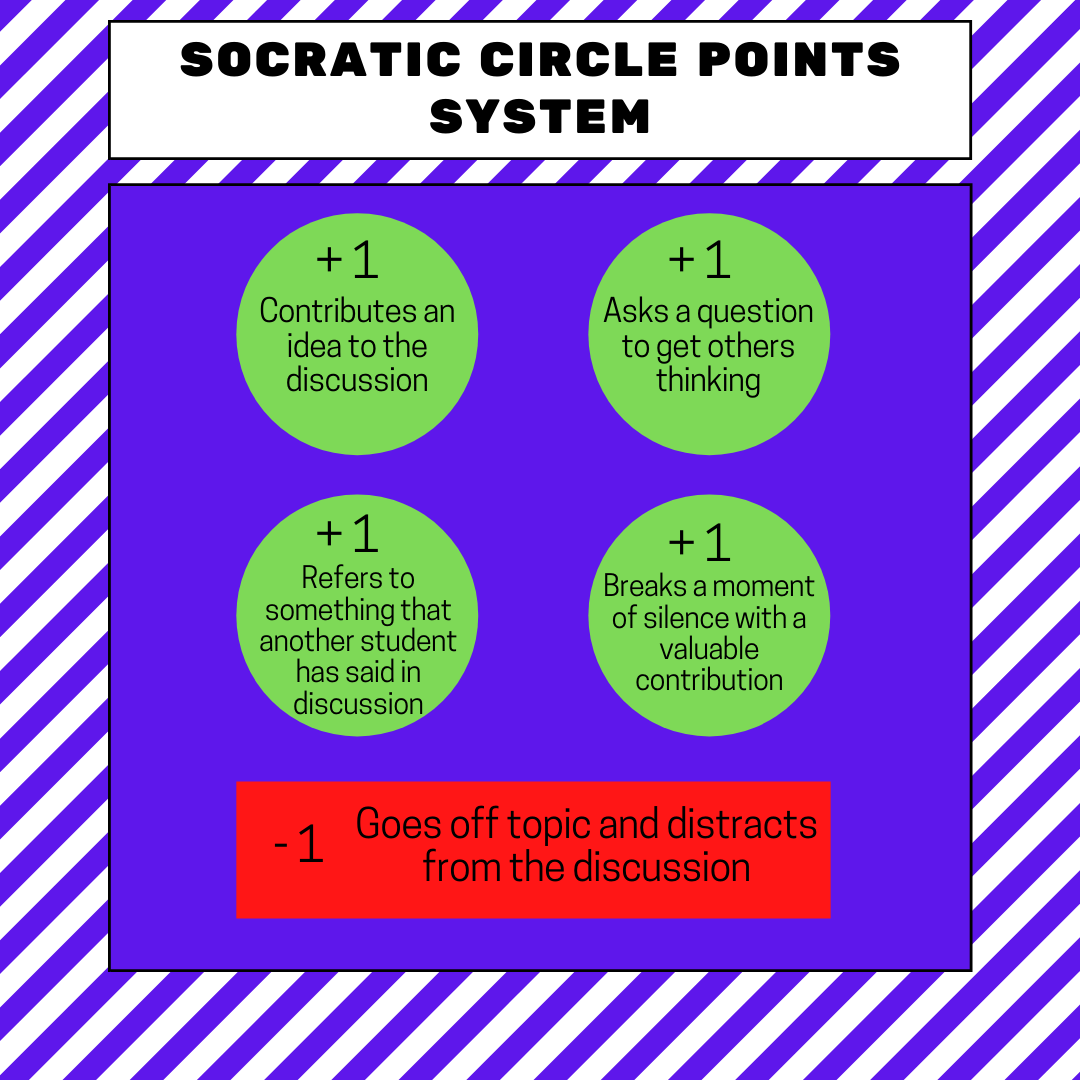Remote Pedagogy (moving away from watch this, answer that)
They say it takes 10,000 hours of practise to become an expert at something. There are 168 hours in a week. If you live in Melbourne, Australia like us, you have now been remote teaching for over 14 weeks of this year. That means we have spent over 2,352 hours working in a remote teaching environment. We may not quite be at the expert level yet, however, we think it’s fair to say that we are no longer at the beginner stages. All teachers have done a remarkable job at pivoting their skill set to support their students. Teachers are running live lessons, setting instructions for their classes and providing meaningful feedback all through the use of modern technologies. It is important to note that all teachers have made the required changes with little to no notice as the pandemic quickly spread. For many, the easiest solution to the problem we faced as educators was to assign videos or text to students to read and understand the new concepts or skills we were teaching, then to set questions for the students to demonstrate their knowledge. But given the uncertainty of how long we will be teaching in a remote space, it is important to consider how we can move beyond this, and evolve our pedagogy to provide deep and connected learning opportunities for all.
Strategy 1: The Socratic Circle Re-worked
Socratic Circles are named after the philosopher Socrates. A Socratic Circle is a formal discussion with open-ended questions. Within the context of the discussion, students listen closely to the comments of others, think critically for themselves, and articulate their own thoughts and their responses to the thoughts of others. In order for the discussion to be student-led and meaningful, every individual student is responsible for preparing for the Socratic Circle. This means, you will need to prepare material for the students to view and consider ahead of the lesson where the Socratic circle will take place (we have provided a template for you to share with your students or you can view an example). In a traditional classroom context, students would move their chairs to form two circles - an inner circle and, and outer circle. However, given we are teaching remotely, this strategy has been re-worked to be done in virtual classroom using whichever platform you are using for face to face teaching (Google Meet, Webex, Zoom, Teams etc.). You will need to separate the class into two groups, Group A and Group B. Each student will need a partner from the opposite group. Eg.
Group A Group B
Student A paired with Student B
Student C paired with Student D
Student E paired with Student F
Student G paired with Student H
During the lesson, the groups take turns in discussing the content you had allocated them. Whilst Group A is discussing the concepts Group B should be listening to the discussion and providing feedback to their allocated peer using the assigned points system (a copy of this is provided in the blank template). After an allocated amount of time, Group B students give feedback to their peer from Group A and then the two groups switch roles. It is really important that you refrain from jumping into the conversation! We know it is hard, but step away and observe. The silence will disappear, we promise! If you are still having trouble getting students to engage consider re-looking at our tips and trick for how to engage students in online discussions.
Strategy 2: Group Grid of Knowledge
You will need to prepare a “grid of knowledge” (see image below). Each grid box should be assigned to a different student. Download a free sample copy of a grid here. You will need to share this document with the class so they can all work on this collectively (we suggest using Google Documents or Onenote to do this). Depending on the task, you may find that each grid varies with difficulty so this is a good opportunity to differentiate the work for your class.
For this activity, you will need to set clear objectives of what content you would like the students to learn. For example, in Business Management it may be:
Success Criteria: By the end of the lesson you can:
identify six “macro” factors that affect business planning
and for each factor, you can define key terms, describe what it means and why it is a macro factor and give an example.
You will assign the class a set amount of independent time (this will vary depending on the task) to research their assigned topic (grid box). Students should gather information from multiple sources and sort the content in their own notes before summarising their learning into their assigned grid. Students must pick out the most relevant information due to the limitations on space. Each student is required to fill their entire grid box (if they don’t have much information they can insert an image to support their writing).
After the assigned time, you can either ask students to present their grid box to the class via your face to face teaching platform, or you can allow the students to independently read the completed grid.
This activity can be used for any subject area however, depending on how much content is required you may wish to change the grid layout or size of each box. For example, in English, you may assign each student a chapter and ask them to summarise key quotes, themes and techniques used by the author. In Maths, you may assign each student with a style of equation and ask them to provide steps with how to solve and also an exemplar answer.
Strategy 3: Nearpod
Nearpod is an interactive teaching platform that you can either run live (teacher directed) similar to a Kahoot with a code or as a student paced activity. It incorporates quizzes, videos, PowerPoints, PDFs, polls and games just to name a few. There is some lessons already made in the program, or you could upload and create your own. We could talk about it all day so instead, watch the video below to see how it works. Try Neapod with your students to break up content heavy classes. We also recommend you ask your students for feedback about whether they prefer this approach to learning.



